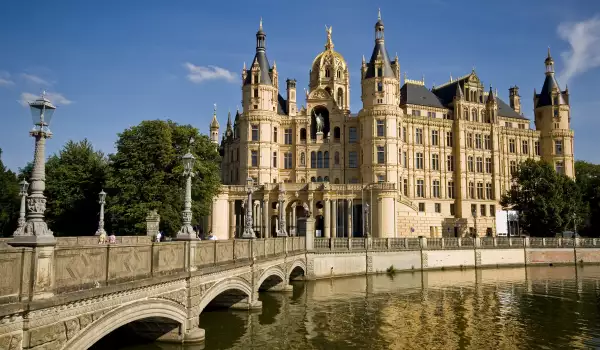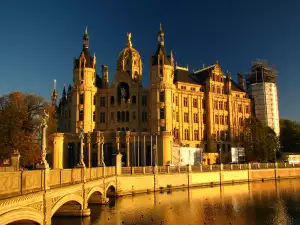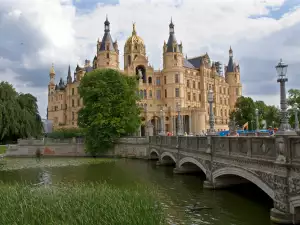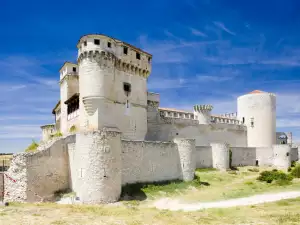Schwerin Castle

Schweriner Castle or also so known as, Schwerin, is located in the eponymous German city, which is the primarily location of the German state of Mecklenburg-Vorpommern. This incredible palace has been located in this part of northern Germany for centuries and was used for the headquarters of the Dukes of Mecklenburg, but is now becoming established in the state parliament.
Located in the beautiful and picturesque little island in the middle of the Lake is Schwerin Castle. It is a perfect place for weekend getaways. Castle Schwerin has a lot to offer its visitors. The great architecture of Schwerin earned its place as one of the most valuable tourist attractions in Germany.

The city itself managed to escape the bombs of World War II, with the result that today it can offer its visitors the authentic incredibly valuable architectural monuments.
The first written information about Schwerin Castle came from the 10th century when an Arab traveler, describes the construction of this place over 973 years ago. The foundations of medieval Schwerin were laid in the 11th century. At that time there lived a small Slavic group of people whose community was known as, Obotrite but they were defeated by the famous, Henry the Lion (1129-1195 year).

The German ruler was impressed by the beautiful venue and location of the fort and decided to erect his own. In 1167 Henry gives part of the property to Gunzelin von Hagen, and part is returned to local ownership - Pribislav, the son of the previous ruler Niklot. He started an inbred line of dukes, which lasted until 1918.
A major fire at the castle caused significant damage to the palace during December 1913. The revolution of 1918 led to the abdication of the Grand Duke, resulting in Castle Schwerin having reconstruction only of the exterior walls. A little later it was turned into a museum and in 1948 Schwerin became the seat of the national parliament.
From 1952 to 1981 Schwerin was used as a college, where they taught children's teachers. Then again it was turned into a museum and remains as such until 1993, during the decades of the second half of the 20th century some of the rooms have been restored and were used to expose art objects.















